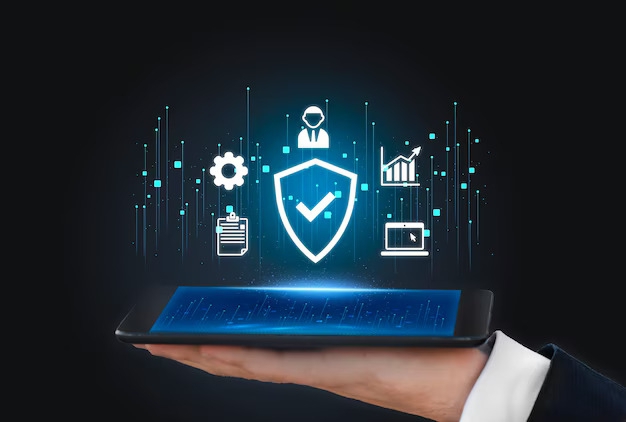
The cybersecurity landscape has become more interrelated and intricate, making cyber threats a stubborn problem in today's world. An establishment should possess reliable cyber security tactics so that they can effectively manage these challenges as well as safeguard important resources. The main focus of such strategies is functional goals, which determine when various security methodologies will be adopted. This blog explores the crucial functional goals of cyber security by amplifying their importance and contribution towards overall organizational sustainability.
Understanding Functional goals of cyber security:
Functional goals of cyber securityare specific outcomes that organizations aim to accomplish via security initiatives. They are an important aspect of a comprehensive security framework, acting as a clear guide for safeguarding systems, networks, and information resources. These objectives originate from the overall business objectives of the organization, risk assessment, and regulatory compliance requirements.
The Cornerstone of Cyber Security: The CIA TriadThe CIA Triad is about Confidentiality, Integrity, and Availability and remains the basis for functional goals of cyber security. These three pillars represent the fundamental principles that safeguard information assets.
Confidentiality: This goal guarantees that only those who have been authorized by an information owner obtain access to sensitive data. Data protection against unauthorized disclosure, interception, or misuse constitutes this aspect.
Integrity: To maintain data integrity means keeping its accuracy and demanding completeness. This entails preventing unauthorized alterations, deletion, or corruption of information.
Availability: This objective ensures that individuals with access rights can get the required information and utilize systems when they wish. It involves preventing interruptions in services offered and enhancing business continuity.
Although, the CIA triad is a strong foundation of modern cyber security there are more functional goals that it involves due to increasing threats.
By defining security responsibilities clearly, it ensures that individuals as well as departments are accountable for their actions.
It is important to authenticate because that way unauthorized access can be prevented.
When access rights are determined by user roles and permissions on certain resources, sensitive information will be protected.
To make sure that they can't reject having something done, they must be guaranteed the origin of data or actions so they can touch on legal issues and evidence.
In order to establish trust, personal data should be kept safe while breaching other people's privacy rights should never come into play.
For the effective achievement of functional objectives, a blend of methods and technologies must be put into place by organizations.
Risk Assessment: Recognizing and giving priority to potential threats and vulnerabilities helps direct security initiatives towards the most vital areas.
Access Control: A robust control mechanism, such as role-based access control (RBAC) and multi-factor authentication (MFA), can resist unauthorized entry.
Data Encryption: The transmission of encrypted data protects sensitive information from unauthorized disclosure.
Intrusion Detection and Prevention Systems (IDPS): Unnoticed actions on networks are monitored to prevent hacking as well as hacked open networks.
Security Awareness Training: Human factors play an important role in the identification of security policies because they offer an opportunity to create awareness among employees on cybercrime patterns thus enhancing adherence to company regulations.
Incident Response Planning: An organization's data needs to be stored in a place where it cannot be touched by outsiders (previously called back up) apart from when there are problems on-site such then the systems get back on track due to productivity loss or even thefts during an attack when the system is really out of order or another damage occurs like containment etc.
Business Continuity and Disaster Recovery (BCDR): Organizational resilience depends largely on ensuring business continuity and recovering from disturbances.
Organizations should define and monitor key performance indicators (KPIs) that are in line with their operational objectives to assess the success of cybersecurity endeavors. This can involve various measures like:
Quantity of Security Breaches
Average duration of detection (MTTD) and average duration of response (MTTR)
Proportion of System repaired
Rate of Employees' Knowledge of Security Issues Training Completion
Expenses due to data loss
The cornerstone of successful cybersecurity programs is functional goals. Organizations can devise and enforce appropriate plans to preserve their most prized possessions by knowing the necessary aspects associated with confidentiality, integrity, availability, and others. To confront the changing risk environment, there must be ongoing monitoring, analysis, and adjustment. This may involve changing processes or policies that don't seem to work anymore for this measure could become of use; thus making sure for instance antivirus software updates with all its features are consistently being developed. The combination of prioritizing functional goals with the use of proper technologies creates a firm security approach for an organization's digital destiny.
Источник: https://www.careerera.com (64 перехода)